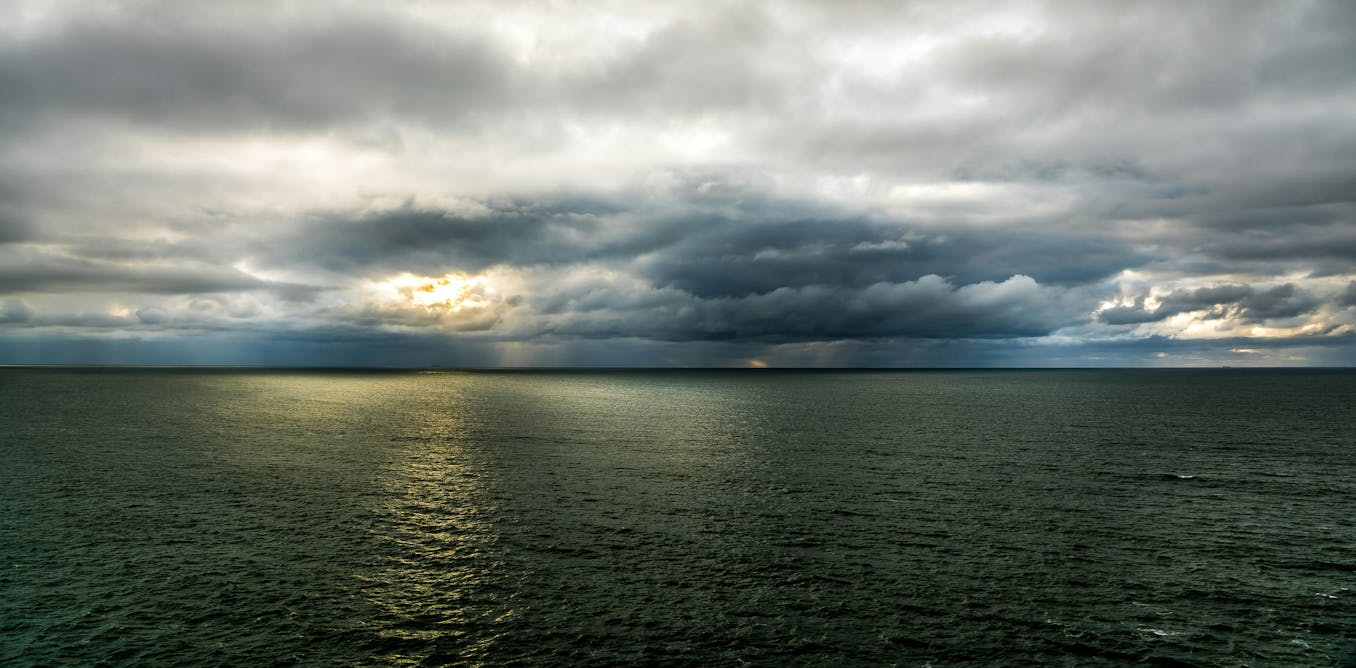Leonard Riggio, the businessman behind Barnes & Noble who made significant forays into the art world, buying key works of Minimalist art and giving millions of dollars to the Dia Art Foundation, has died at 83. He had been battling Alzheimer’s disease, according to an announcement by his family.
Riggio was in the rare class of collectors who could claim they had both pioneered an entire industry and transformed at least one high-profile museum.
His art collecting, though perhaps less widely known to the world writ large than his leadership of the bookselling chain Barnes & Noble, was well-regarded and closely watched—he and his wife Louise had appeared on ARTnews’s Top 200 Collectors list each year since 1999. And were it not for the couple, the Dia Art Foundation, a New York organization that has been credited with building a canon of Minimalist art, would not have been able to undertake a range of projects that have allowed it to expand greatly in the past two decades.
Dia honored Riggio on Tuesday by posting a quote from him to its social media: “Then and now, Dia remains rooted in a single idea: to the greatest extent possible each artist should conceive the architecture, environment, and context in which his or her works are viewed.”
The quote was paired with an image of Richard Serra’s “Torqued Ellipses,” a grouping of monumental steel sculptures that visitors to Dia:Beacon can walk into. They are among the greatest attractions at Dia:Beacon, the organization’s Upstate New York museum, and they were obtained by the foundation through a $30 million gift from Riggio that supported the acquisition of artworks.
Riggio, who was for many year’s Dia’s biggest patron, served as the foundation’s chairman from 1998 to 2006, helping lead it during the period when Dia:Beacon opened to the public in a former Nabisco factory. By the time he departed amid a chaotic period for the foundation, he had described his position as something like a “full-time job.” It barely seemed to register for him that he was still executive chairman of Barnes & Noble, so important was his devotion to that art foundation.
Leonard Riggio was born in 1941 in New York. For much of his childhood, he was raised in Brooklyn. After he graduated high school, he took night classes at New York University. But rather than spending too much time on academics, he opted instead for a career in the school’s bookstore, working first as a stock boy.
He eventually dropped out of school, and in 1965, he founded the Student Book Exchange, which he positioned as a competitor to NYU’s bookstore. Riggio’s store was demarcated by its youthful spirit: he allowed students to print antiwar leaflets there. Gradually, his store grew a following, and he expanded it to include several locations.
Then, in 1971, he bought Barnes & Noble’s only store in Manhattan and transformed that shop into a bona fide empire. Riggio continued to remain at the helm of Barnes & Noble until 2019, the year that the hedge fund Elliott Advisors acquired the company for $638 million.
All the while, Riggio built up a significant art collection with his wife Louise, whom he married in the 1980s. Having bought posters and prints, the couple dedicated themselves more thoroughly to collecting starting in 1994, the year they bought a painting by Alberto Giacometti. They soon branched out to other modernists, from Pablo Picasso to Piet Mondrian.
Everything changed in 1997, when Riggio visited Dia’s Chelsea space and was astonished by the Serra works he saw there. The couple would install Serra’s Sidewinder (1999), a 300-ton steel sculpture in their lawn; the work is so large that it could, at one point, be seen via Google Earth.
Alongside grand sculptures by Isamu Noguchi, Willem de Kooning, Niki de Saint Phalle, and Mark di Suvero, their collection also included high-quality works by Arte Povera artists, from Mario Merz to Pier Paolo Calzolari.
Much of this art was highly conceptual; little of it could be hung in one’s living room and admired by guests. But Riggio seemed willing to take a risk on art like this.
“I like to buy art by feel more than by sight, and these artists feel a certain way to me,” Riggio told ARTnews in 2016. “They relate a lot to other artists only because we’re the same collectors. If it turns out that they knew each other, it happens by accident. We don’t try to make a story, the story is the art itself.”

The post “Leonard Riggio, Barnes & Noble Founder Who Amassed a Major Art Collection, Dies at 83” by Alex Greenberger was published on 08/27/2024 by www.artnews.com



































Leave a Reply